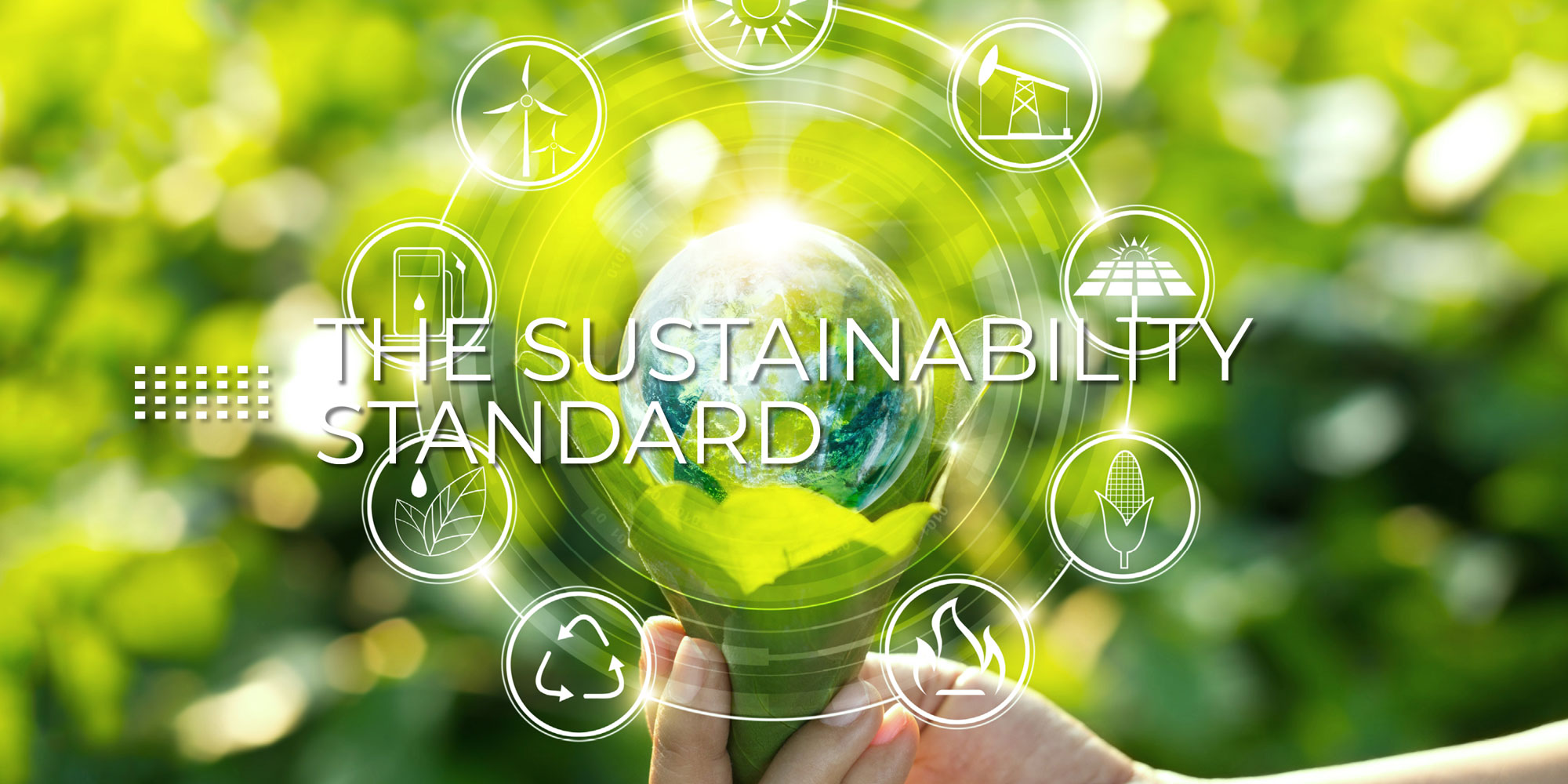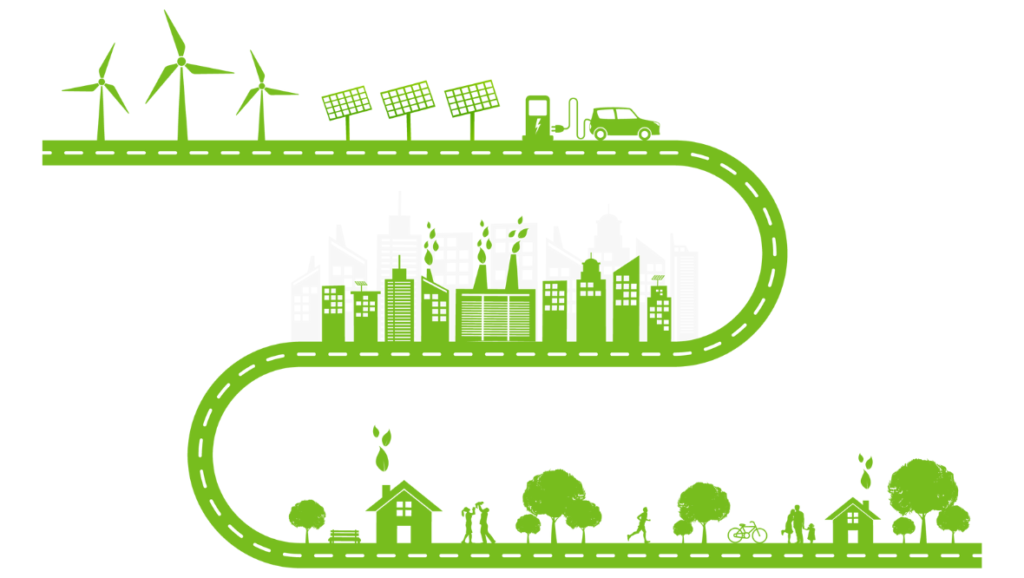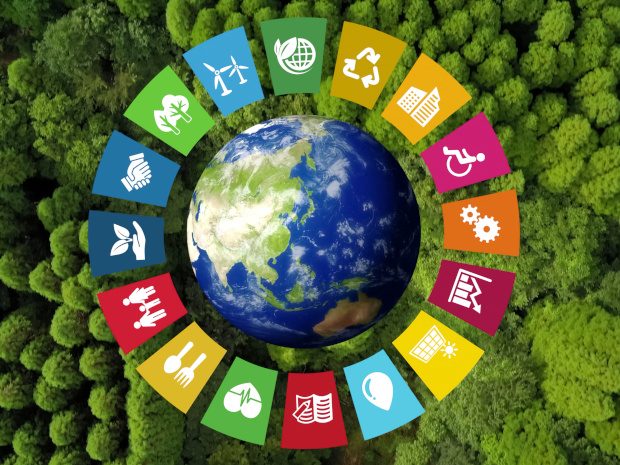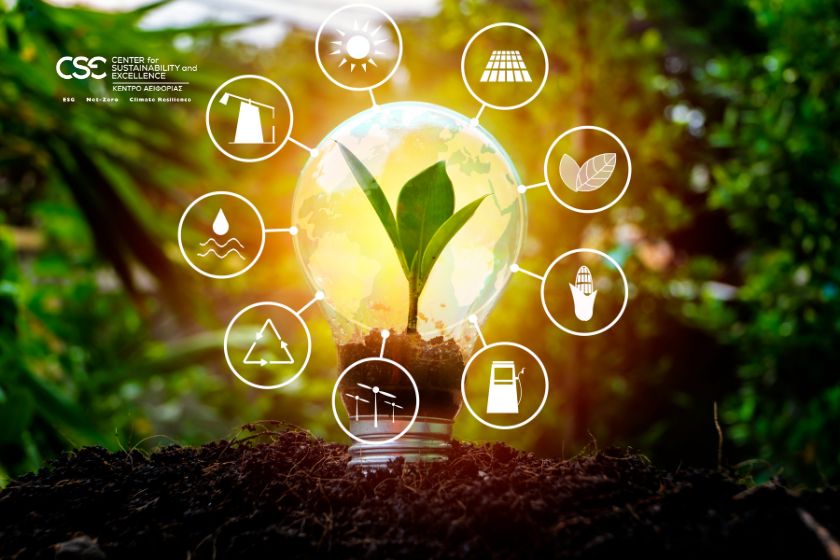Dive deep into the world of sustainable standard and discover its significance. Learn the 7 essential elements that make sustainability practices more effective and impactful.
1. Introduction to Sustainable Standard
The sustainable standard is an essential benchmark that defines how businesses and organizations can operate in a way that’s environmentally responsible, socially equitable, and economically viable. In today’s fast-paced world, adopting sustainable practices isn’t just an option – it’s a necessity. Understanding these standards is crucial for anyone looking to build a more ethical, efficient, and resilient organization.
2. Why Is Sustainable Standard Important?
The sustainable standard offers a clear set of guidelines that help organizations minimize their environmental impact while promoting social responsibility. As consumers become increasingly eco-conscious, businesses are under pressure to adopt sustainable practices, not just for the sake of the planet but also to stay competitive. The sustainable standard provides a roadmap for achieving this balance.
Some key reasons why sustainable standards matter:
- Environmental Protection: Reducing carbon footprints, waste, and pollution.
- Social Responsibility: Ensuring fair labor practices, community engagement, and equality.
- Economic Growth: Promoting long-term profitability through efficient resource management.
3. 7 Key Elements of Sustainable Standard
Let’s break down the 7 critical elements of a sustainable standard to understand how they create a comprehensive approach to sustainability:
Environmental Management Systems (EMS)
An EMS helps organizations monitor, manage, and improve their environmental performance. It sets a framework for reducing waste, conserving energy, and promoting recycling, making it easier to meet sustainability goals.
Carbon Footprint Reduction
Organizations must measure, manage, and minimize their carbon emissions. This involves adopting renewable energy sources, optimizing logistics, and improving energy efficiency.
Resource Efficiency
Resource efficiency means utilizing materials, water, and energy in a way that minimizes waste. This includes recycling programs, water-saving technologies, and energy-efficient equipment.
Sustainable Procurement
Sustainable procurement ensures that products and services purchased are sourced responsibly. It emphasizes using suppliers who follow ethical practices and prioritize sustainability.
Social Responsibility
A sustainable standard isn’t just about the environment – it also focuses on people. This includes fair wages, safe working conditions, and initiatives that benefit local communities.
Transparency and Reporting
Regularly reporting on sustainability efforts fosters transparency and accountability. Organizations should disclose their sustainability goals, achievements, and challenges to stakeholders.
Innovation and Continuous Improvement
Sustainability isn’t a one-time effort. Organizations must constantly innovate and improve their practices to stay relevant and effective in achieving sustainability goals.
4. How to Implement Sustainable Standard in Your Organization
Implementing a sustainable standard may seem daunting, but breaking it into manageable steps makes the process more accessible:
Step 1: Assess Your Current Status
Start by evaluating your organization’s existing practices. Identify areas where you can reduce waste, energy consumption, or improve social responsibility.
Step 2: Set Clear Goals
Define measurable, achievable sustainability goals. For example, aim to reduce your carbon footprint by 20% over the next three years.
Step 3: Develop a Plan
Create a roadmap outlining the steps needed to achieve your sustainability goals. This might include investing in energy-efficient technology, training staff, or developing partnerships with sustainable suppliers.
Step 4: Engage Your Team
Involve employees at all levels in your sustainability efforts. Educate and encourage them to participate actively in achieving your goals.
Step 5: Monitor and Report Progress
Track your sustainability efforts and report your progress regularly. This will help you stay accountable and make necessary adjustments.
5. Challenges in Adopting a Sustainable Standard
While the journey toward sustainability is rewarding, it comes with its challenges:
- Initial Costs: Investing in sustainable technology and practices can be expensive upfront, but they often lead to long-term savings.
- Resistance to Change: Employees and stakeholders may be hesitant to adopt new practices, especially if they’re unfamiliar with the concept.
- Complexity: Navigating different sustainability standards and certifications can be overwhelming, requiring significant time and effort.
6. Real-world Examples of Sustainable Standard in Action
To understand how impactful sustainable standards can be, let’s look at a few organizations that have successfully integrated them into their operations:
1. Unilever
Unilever’s Sustainable Living Plan aims to reduce the company’s environmental footprint while increasing its positive social impact. By 2020, they reduced CO2 emissions from energy by 65% and water usage by 44%.
2. Patagonia
The outdoor apparel brand Patagonia has embraced sustainability by using recycled materials, ensuring fair labor practices, and advocating for environmental causes. They also encourage customers to repair and reuse products instead of buying new ones.
3. IKEA
IKEA has committed to becoming a fully circular business by 2030. They use renewable and recycled materials, improve energy efficiency, and offer services like furniture recycling.
These examples show that adopting a sustainable standard is not only feasible but also beneficial for long-term success.
7. Benefits of Adopting Sustainable Standards
By following sustainable standards, organizations can experience numerous benefits, including:
- Cost Savings: Efficient resource use and waste reduction lead to lower operational costs.
- Brand Reputation: Consumers prefer businesses that are environmentally responsible, leading to increased loyalty and sales.
- Compliance and Risk Management: Adhering to sustainable standards helps organizations avoid legal issues and maintain regulatory compliance.
- Employee Engagement: Sustainable practices can boost employee morale and attract talent who value social responsibility.
8. Conclusion
Adopting a sustainable standard is a journey that requires commitment, effort, and continuous improvement. However, the benefits it offers – from cost savings to enhanced reputation – make it a worthwhile endeavor for any organization. By understanding and implementing these sustainable practices, you can create a positive impact on the environment, society, and your business’s bottom line.
With the knowledge you’ve gained from this guide, you’re now equipped to start your sustainability journey. Remember, every small step toward sustainability makes a big difference in building a brighter, greener future.
You can read more articles by visiting our blog here.












